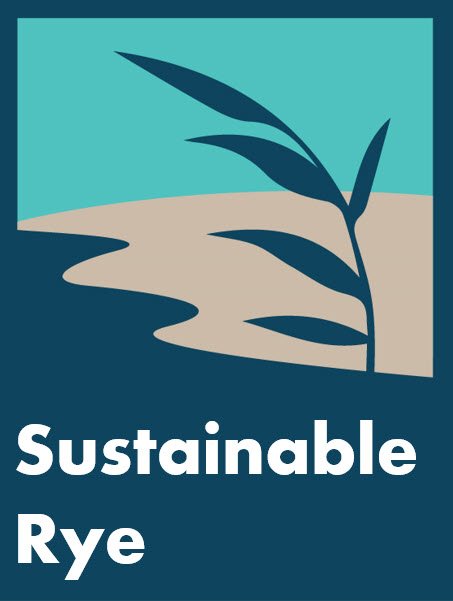RSC's ongoing series, "Sustainability in Our Community," features individuals, organizations and businesses that have taken steps towards a sustainable lifestyle. We hope you enjoy this profile of Le Pain Quotidien's energy efficiency efforts, are inspired to learn more, and will consider making changes to reduce your home or business' carbon footprint. Tips below.
Carbon Neutrality at LPQ
By Sue Drouin, Rye Sustainability Committee
Rye Sustainability Committee recognizes global restaurant chain Le Pain Quotidien for becoming certified CO2 neutral in all its U.S. restaurants.
A mainstay of the breakfast and lunch scene in downtown Rye, and highly visible on Purchase Street, Le Pain Quotidien (LPQ) serves local, mostly organic foods, including fresh bread. It now delivers a message of sustainability.
With dozens of locations across the U.S. and more than 200 restaurants worldwide, LPQ announced in October 2016 that the independent organization CO2logic has certified their U.S. restaurants as carbon neutral. It plans to achieve global carbon neutrality by 2020.
What is Carbon Neutrality?
LPQ staff with the CO2 Logic certification plaque.
According to one definition, carbon neutrality “or having a net zero carbon footprint, refers to achieving net zero carbon emissions by balancing a measured amount of carbon released with an equivalent amount sequestered or offset, or buying enough carbon credits to make up the difference. It is used in the context of carbon dioxide releasing processes associated with transportation, energy production, and industrial processes.”
How LPQ Achieved Carbon Neutrality
CO2logic helped LPQ identify its major sources of energy consumption and leakages. Switching to LED lights and using more efficient refrigeration, cooking and cooling mechanisms were some of the ways they cut restaurants’ emissions. By switching to LED lighting, for instance, the chain reduced by 20% its carbon footprint per restaurant. It has reduced its overall energy consumption by 60% and its carbon emissions by 168 metric tons.
To offset emissions, LPQ invested in a cookstove manufacturing project in Uganda. (Photo Credit: The Gold Standard)
A final step towards achieving carbon neutrality was the decision to invest in a carbon-reducing project in Uganda to offset the remaining unavoidable emissions. The project provides families with fuel-efficient cookstoves that reduce carbon emissions and deforestation.
Initiatives that reduce water and energy consumption and cut pollution and waste will improve any business’ bottom line. They also benefit from providing employees with a workplace they can be proud of.
By reducing carbon emissions and its carbon footprint, LPQ hopes that they can inspire other corporations, organizations and individuals to do the same to help mitigate climate change.
What Can You Do?
Photo Credit: The Gold Standard
Wondering how to get started? Whether you're a business owner or homeowner, start with an energy audit to determine your carbon footprint. The RSC Tips page includes several ways for residents to determine their carbon footprint. Businesses can engage a consultant, such as CO2logic.
For further energy efficiency ideas and tips, refer to RSC's Energy page and The Rye Sustainability Plan.





